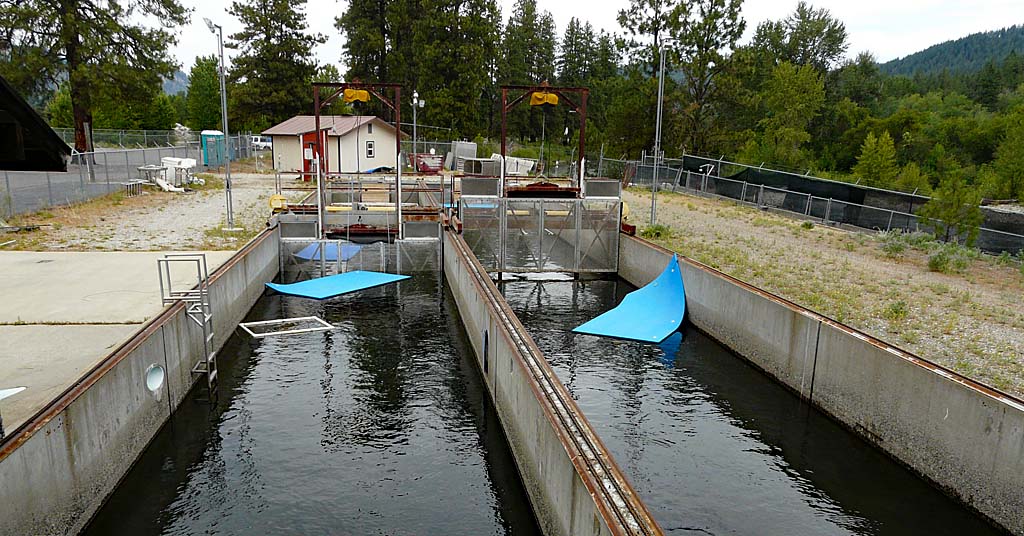Washington Grain Commission in ‘strong position,’ approves $8.6 million budget
Published 11:15 am Thursday, June 1, 2023

- Chumrau
SPOKANE — Washington Grain Commission board members have approved a $8.6 million budget for the 2023-24 year, which begins July 1.
That’s a 10% increase over last year’s $7.8 million budget, said Casey Chumrau, commission executive director.
Trending
“Washington state is very fortunate that we have the budget that we have to go out and do the work on behalf of wheat and barley farmers,” she said.
Many other states are suffering after multiple years of poor crops, she said.
“We are in a really strong position to be able to fulfill our mission,” Chumrau said.
Growers are assessed 0.0075% for wheat and 1% for barley net receipts collected at the first point of sale. The commission already has collected nearly $8.4 million, with several weeks remaining in this fiscal year, Chumrau said.
“It is above our projections,” Chumrau said. “Prices stayed pretty strong during the year and we had much better production in 2022 than we did the previous year.”
Board members put some extra money into several potential special project funds, taking advantage of “a really good revenue year” and “excellent reserves,” Chumrau said.
Trending
“The message commissioners have heard from their fellow farmers and neighbors is, ‘We would rather see the funds in use than accruing interest in some savings account,'” she said.
Regular inflation adjustments with the commission’s many partners and researchers also impacted the budget, she said.
Several projects have become more efficient as they have progressed and reduced costs. Some partners — national organizations and researchers — have found additional funding through grants, Chumrau said.
“If we can contribute, that’s great, but the partners are very careful to make sure they’re not asking for more money than they need,” she said.
The commission currently has $6.75 million in all reserves. The general reserved fund will stay at $5.4 million, to cover office operations, salaries and contractual obligations in case of a crop failure.
The commission will add $150,000 to a marketing reserved fund, bringing that committed fund to $1.5 million, for a total of $6.9 million in reserves, Chumrau said.
Reserves are invested in federal bonds, Chumrau said.
The commission expects a “return to average” crop this year, Chumrau said, following “a rollercoaster couple of years,” with a record crop in 2020, the lowest production since the 1960s in 2021 and an above-average crop in 2022.
USDA projects the majority of Washington’s crop is fair to good. Early projections put average yield at 57 bushels per acre, a 19% decrease from 68 bushels per acre last year.
Timely rains will be crucial, Chumrau said.
“The high heat in May is early and warm, so that’s putting a little stress on the crop,” she said. “We have a long way to go and a lot of weather to be had….”
Commission board members take their responsibility “very seriously” and discuss where to invest grower dollars in “healthy debate” across several meetings throughout the year, Chumrau said. They also solicit feedback from farmers and neighbors.
“Every farm in Washington is unique, and so trying to make sure we are benefiting all of the different needs throughout the state is really important to the commissioners,” she said. “It’s a great exercise every year, and then great marching orders for the staff to then implement.”









